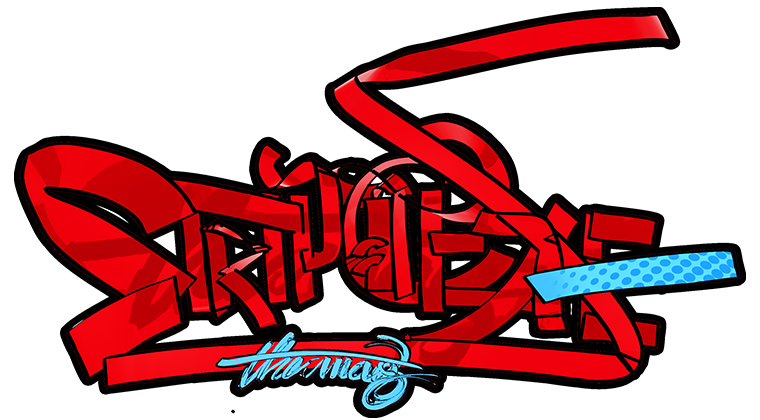Arkham Asylum: A Serious House on Serious Earth
Arkham Asylum was a graphic novel written by Grant Morrison and illustrated by Dave Mckean. It was published in the year 1989 and it soon became collector’s favorite. Graphic novels had already found a foothold in the comic book industry. The medium was revolutionary, as it tried to revise the aesthetics of usual comic books. Arkham Asylum itself was a part of graphic novel movement, yet it stood apart from other works in terms of its art work and revisionist storytelling style. Dave Mckean’s art was important. Perhaps no other artist could capture the claustrophobic psychosis of Arkham Asylum. Mckean often describes Arkham Asylum as “horrible calamity of form and content.” It’s true he fills the panels with schizophrenic design and fuses it with photorealistic iconic images.
Arkham Asylum is a mental institution in Gotham, where almost all adversaries of Batman are held captive. The narrative begins with Joker and other inmates having taken over the asylum threatens to murder the staff members, until Batman agrees to meet them. Batman almost become psychotic, relating himself to be a ‘freak’, he thinks going to Arkham would be like his homecoming. Joker forces Batman to play a hide and seek game inside the asylum, giving him an hour before his adversaries hunt him down. He soon encounters Clayface, Scarecrow, Mad Hatter and Maxie Zeus. Another parallel narrative runs which describes the journal of Amadeus Arkham. Batman continues to suffer from internal turmoil. Past memories of his parent’s death begin to haunt him and he almost becomes a schizophrenic battling his divided self. In the end Batman leaves his fate in the hands of Two face. He flips the coin. Though the coin lands on its scratched side, he lets Batman live.
Arkham Asylum tries to find similarity between a hero and a villain. It becomes a psychoanalytical play where lunatics avoid facing their true self by disguising themselves as knights and martyrs. Arkham Asylum almost forms a critique to the 80s interpretation of the superhero. Batman is represented in a different perspective of emotional, irrational yet realistic manner. The novel becomes increasingly complex, as both narratives of Batman and Amadeus Arkham get intertwined. The montage between the panels, exploring different time and space get increasingly confusing. The narrative travel back and forth, quite disjointed yet they are connected but doesn’t seem to follow the classical mode of cause and effect.
Unlike regular graphic novels with only adult themes, Morrison delves deeper into the psyche of Batman, creating a high octane plot by mixing psychology and action. Morrison creates a symbolic world filled with religious symbolism, Jungian archetypes which mix with chaos theory and medieval romance. It refers to symbolisms of life, death and rebirth, brings in the words of Kafka and Lewis Caroll, which makes Arkham Asylum a magical and mystical piece of work.
The novel is noted for its art work, which shows a unique amalgamation of mixed media and painting. Thematically, the novel stands apart from its contemporaries. It is filled with vibrant colors and spectacular visuals. The bleak skyline, bat symbol, even batman is almost like a shadow. The Joker is painted in vivid colors and stares back at the readers. His dialogues are always in red, jagged, and pointed somewhat illegible, seems like a mistake in typography. But it enhances the sinister looks of the panel as they stretch across them. The page itself acts like a panel, with smaller frames in the page acting as meta-panels. The novel almost seems like a journey through a mind filled with dreams of shadow, moon, mirrors each connected by various ideas of symbolism and metaphor.
Arkham Asylum might be one of the most revisionist piece of work. Yet some believe Arkham Asylum has been one of the most pretentious piece of work in comic book genre. Many say the over painted, lavish illustrations in every panel hampered the story telling process. Perhaps this makes Arkham Asylum so un-filmable.

